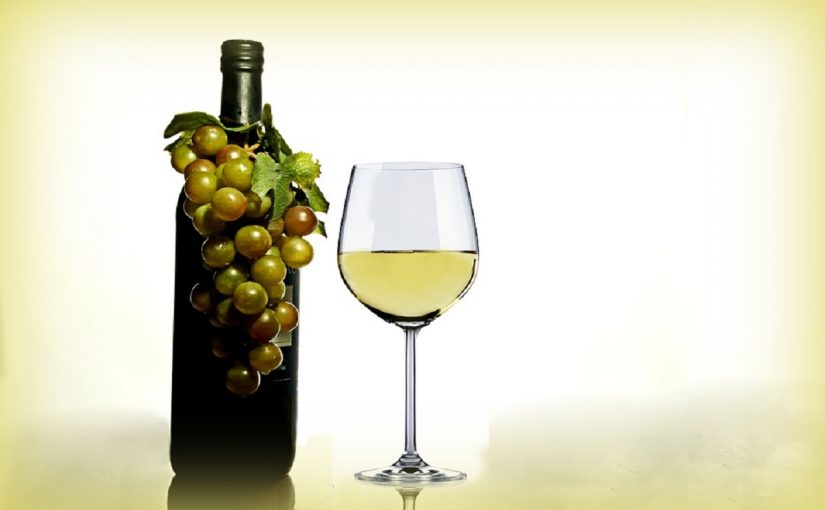11.11.2019
“Balbino” wine is the ancient white wine of Altomonte. Discovering such mysterious Balbino means re-discover the ancient wine of Altomonte (Cosenza) handed down from Roman authors and that in the last century, thanks to the Giacobini Company, became one of the ‘luxury wines’ of Calabria.
THE LAND OF THIS WINE
The vineyards rise above a mountains chain, which dominates the whole Valley of Crati river, and extends its view to the Gulf of Taranto.
Wide is the horizon, always of a temperate climate, often subject to the gust of strong winds. Here lies one of the most beautiful villages in Italy: Altomonte, a municipality in the province of Cosenza, which represents a rare jewel of nature, history and art. Its rich cultural heritage is clearly visible in the splendid architecture of its historic center, in the Church of Santa Maria della Consolazione, the greatest example of Gothic-Angevin art in Calabria or in the Norman castle of 12th century.
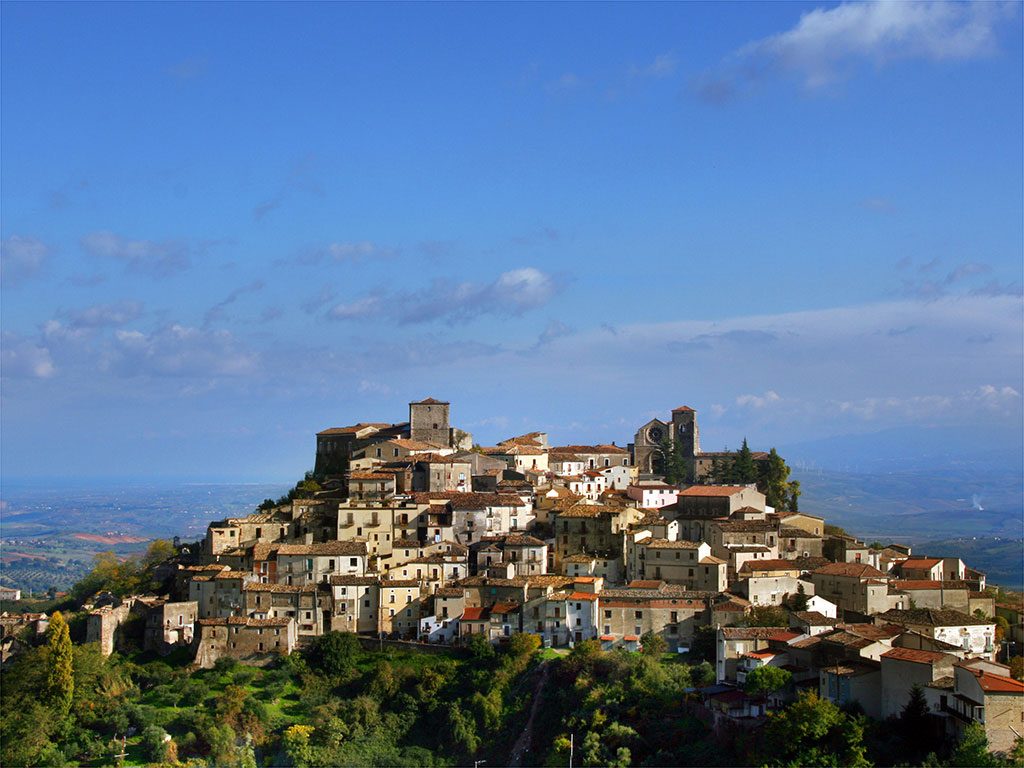
The previous name of Altomonte (its toponym) is Balbia, perhaps a Phoenician voice deriving from Baal, which means “lord” and “divinity”; most likely the village was originally moved to the Esaro river, where, in the Larderia district, the remains of a Roman villa dating back to the 1st century AD have been found.
In 1065 the town of Altomonte is mentioned as Brahalla or Brakhalla, coming from the Arabic hypothesis “blessing of God“.
The town, besides Balbia, was called Braellum or Bragallum, by King Robert the Wise of the Angevin dynasty, or according to others by Pilippo Sangineta in 1337 the name was changed to Altofiume.
But even this name was not lasting, since Queen Joanna I, also of the Angevin dynasty, gave her the name of Altomonte.
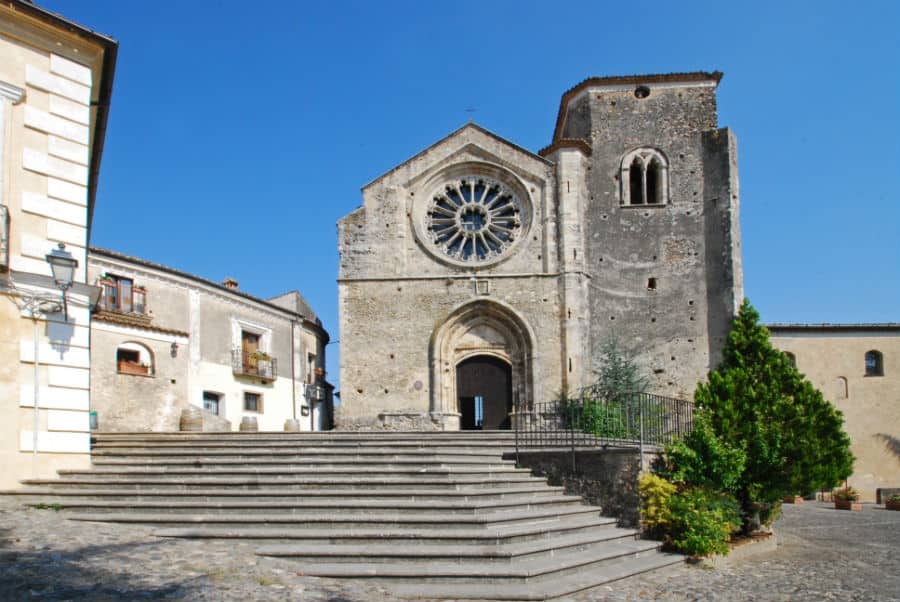
HISTORY OF BALBINO WINE
Balbia (alias Altomonte) was known to the ancients for one thing in particular: his wine. The city became more celebrated in antiquity by reason of its generous wines.
Plinio counting the most celebrated wines of Italy, did not exclude those of Babia.
Athenaeus calls this wine generous, and truly austere [“Vinum Babinum generosum, et admodum austerum, et semper se ipso melius nascitur”; Ath. Deipn. Lib. I], and wants the Bimblina vine to be born here, which was transplanted to Syracuse by the first King Poli, a native of Argo Greco, so that the wine made from this grape by Siracusans was called Polio wine. According to these historical sources, therefore, the Balbino of Altomonte would even appear to be the ancestor of the Moscato di Siracusa, born from the same vine.
In modern times, we find it among those ‘luxury wines’ of Calabria together with the Provitaro Bianco (compared to the Chablis), the Calabrese Rosso (compared to Bordeaux), the Malvasia, the Moscato Giacobini and the Moscato Diavolone.

SMAF LTD
Explore our products, coming from CALABRIA. Order the food and beverage products that allow you to explore the Mediterranean diet of a remarkable region. Surrounded by two seas and adorned with pine forests, mysterious villages, natural habitats, and rich biodiversity. Discover handcrafted delicacies that embody the soul of the land: sun-ripened fruits, premium olive oils, bold wines, artisanal cheeses, and traditional cured meats, all crafted with passion and authenticity.
A FAMILY AND AN INDUSTRY: GIACOBINI
In Altomonte, between the end of the nineteenth and the beginning of the twentieth century, the family of Giacobini were active, a noble family that became a renowned company for the production of fine wines, liqueurs and vermouth.
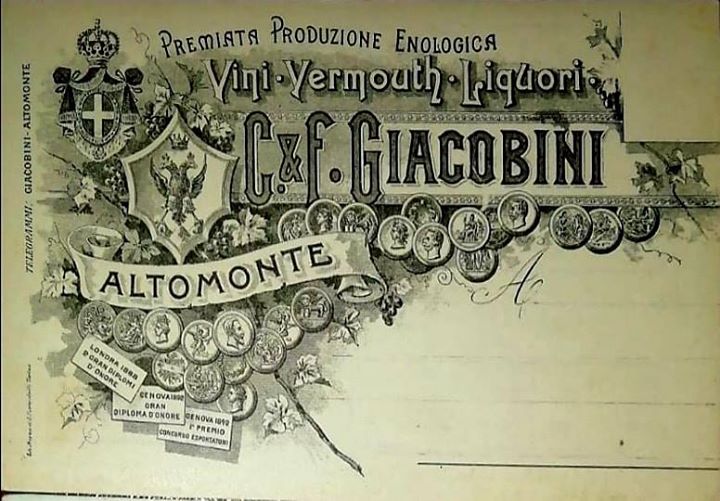
Balbino Bianco was one of their best products; in 1889 he won the gold medal at the National Wines Fair; then, Ciro Luigi Giacobini and his son Francesco gave birth to a real industry, one of the few then existing in the province of Cosenza.
The industry of Giacobini family gave rise to a period of great economic development of the territory, the factory created work for dozens of workers, reaching over 200,000 bottles a year, and exporting all over the world.
Fratelli Giacobini Company of Altomonte (CS) was located in the eponymous Palazzo Giacobini in Altomonte, today home to the Hotel Barbieri.
The activity has survived thanks to the Sciarra brothers and their actual brand Moliterno: in the company museum set up in a completely renovated patronal house, the Sciarra family still tells of the Giacobini Company through objects, equipment and documents, private and not.
Effectively, what was the grape used by the Giacobini for their Balbino Bianco (the standard Balbino white wine) is not crystal clear, nor whether it was that of which the sources speak or a mixed grape variety.
In any case, the Farneto del Principe farm in Altomonte called Balbino one of its wines, made from white Greek and Malvasia grapes.
A RARITY: BLACK BALBINO
There is also a Black Balbino in Altomonte, called in dialect ‘mparinata: it is a late-ripening vine (in the first and second decade of October), with a medium-large bunch, conical in shape, fairly long and compact but sometimes sparse and with a peduncle medium-short.
The wine coming from this grape medium-small, ellipsoidal or short ellipsoidal, is a red wine.
The skin is thick, very pruinose (from this the term “mparinata”, that is” floured “) and blue-black. The pulp is not very firm, pleasantly sweet and rightly acid.
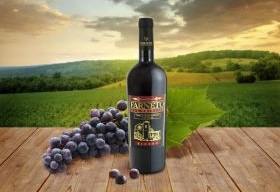
The Black Balbino grape prefers little expanded forms of cultivation such the sapling and is a rustic vine, not very sensitive to adversity and to parasites. It was also recovered in Cirò Marina, where it is used in the wine making and is attested from the mid-1800s; once it was used as a table grape, as well as to make wine.
Today, almost disappeared, it gives grapes that come together for winemaking with other locales.

